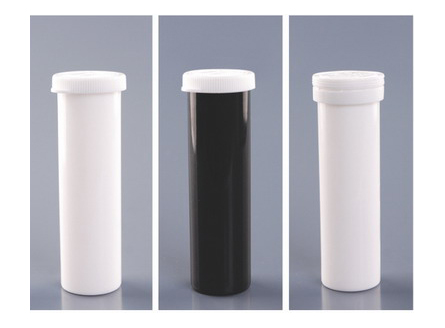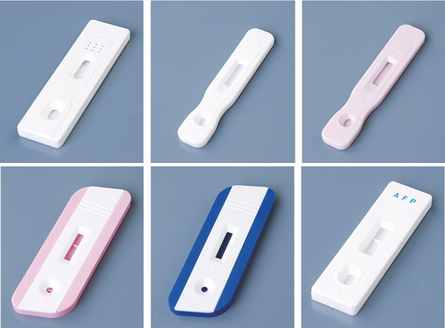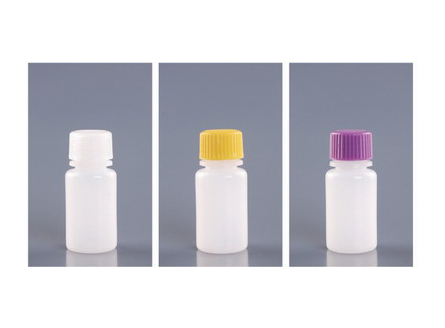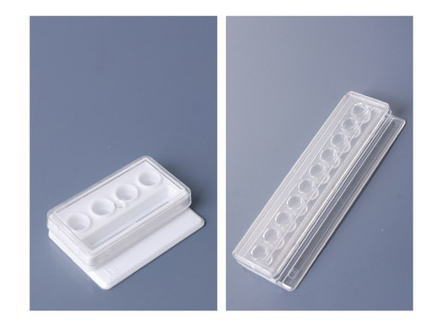
 Test paper bucket
Test paper bucketThe test paper barrel and test paper cyli...
 Gold Label Single Card
Gold Label Single CardOur gold label single card has a wide var...
 Wide mouthed reagent bottle
Wide mouthed reagent bottleThe wide mouthed reagent bottle adopts in...
 Card box
Card boxThe card boxes produced by Xingyuan Plast...
FAX:+86-317-4052076
Email:[email protected]
Web:2meiwang.cn
Address:Du Sheng Xiang Xiao Liu Village, Cang County, Cangzhou City, Hebei Province
Current Location:HOME > NEWS > Frequently asked questions >
NEWSThe application of colloidal gold in the detection of drug residues in aquatic a
In recent years, with the expansion of aquaculture scale and continuous increase in production, some chemical synthesis has been widely used for prevention and control, or added to feed to promote the growth of aquatic animals. While playing a positive role, some or their metabolites remain in the bodies of aquatic animals, producing residues of aquatic products. Although the residual amount of aquatic products is relatively low, the long-term accumulation in the food chain poses a great threat to human health and has become a major hidden killer of human health. Tetracyclines are a broad-spectrum substance, and their abuse can cause their residues in animal muscles, milk, and liver, posing a serious threat to human health. Tan Zunshe et al. coated an anti tetracycline monoclonal antibody colloidal gold complex on a colloidal gold binding pad, and encapsulated artificially synthesized tetracycline antigen on a nitrocellulose detection line (T-line). They established a colloidal gold immunochromatographic detection reagent strip for detecting tetracycline residues in aquatic products using immunocompetition method. Its sensitivity can reach 100ng/mL, and the entire detection process only takes 5-10 minutes. It also has cross reactions with tetracyclines such as aureomycin, oxytetracycline, and mycomycin, while there is no cross reaction with other veterinary drugs such as salbutamol and ractopamine. Therefore, it can simultaneously detect several major components of the tetracycline family and serve as a screening method for on-site monitoring of tetracycline residues. Chloramphenicol is a broad-spectrum and commonly used in various infectious diseases in animals. But it has serious toxic side effects on the human body. At present, the United States and the European Community have banned the use of chloramphenicol in edible animals and stipulated that it cannot be detected in animal derived foods. Zhang Yan et al. labeled colloidal gold with chloramphenicol polyclonal antibodies and encapsulated artificially synthesized chloramphenicol antigens on the detection line of NC membrane, while sheep anti rabbit antibodies were encapsulated on the accusation line. They established a competitive method for detecting chloramphenicol residues in freshwater fish and milk. Sensitivity can reach 1 μ G/L, with no cross reactivity with other common veterinary drugs, can be used as a means for on-site screening of chloramphenicol residues in aquatic products. In view of this, some scholars have used ELISA and GICA detection methods to detect chloramphenicol residues in aquatic species. After testing, the detection limit of GICA is 1.000 μ G/kg, the negative compliance rate for ELISA is 94.7%, the positive compliance rate is 92.3%, and the total compliance rate reaches 92.5%, which basically meets the requirements for on-site screening of chloramphenicol residues in aquatic products. Nitrofurans are artificially synthesized broad-spectrum compounds, mainly including furazolidone, furacillin, furantoin, and furanone. They have been widely used in animal husbandry and aquaculture to prevent and improve feed utilization. However, recent studies have shown that nitrofurans and their metabolites pose a carcinogenic and mutagenic risk, seriously endangering human health. Liu Aichun et al. used 4-diallylbenzaldehyde as a derivatization reagent under acidic conditions to react with four nitrofuran metabolites (AOZ, SEM, AMOZ, and AHD) to produce corresponding haptens: CPAOZ, CPSEM, CPAMOZ, and CPAHD. They used the carbodiimide method to couple the haptens with bovine serum protein to form artificial antigens: CPAOZ-BSA, CPSEM-BSA, CPAMOZ-BSA, and CPAHD-BSA. Based on this, four nitrofuran metabolites colloidal gold test strips were developed, with low detection limits of 0.5, 1.0, 1.0, and 2.0, respectively μ G/kg, with a cross reactivity rate of less than 0.1%. Xu and Liu et al. established a colloidal gold immunochromatographic test strip for detecting animal derived furantoin residues using the immune competition method. The test strip has high specificity, sensitivity of 10ng/mL, and can detect results within 15 minutes. It is low-cost, convenient, and especially suitable for on-site detection in the field. Sulfonamide Ides are a class of chemicals used for prevention and infectivity. At present, sulfonamides are listed as restricted for use in animal husbandry in China, the European Union, the United States, Japan, and other countries. Han Jing, Liu Enmei, and others sprayed a broad-spectrum specific polyclonal antibody colloidal gold complex against sulfonamides onto glass fibers, and fixed artificially synthesized coated antigens (SAs OVA) and sheep anti rabbit secondary antibodies on the T and C lines of the NC membrane, respectively. They established a colloidal gold immunochromatographic method using immunocompetition to detect residues of five sulfonamides, including sulfamethoxazole (SIZ), sulfamethoxazole (STZ), sulfamethoxazole (SME), sulfamethoxazole (SMT), and sulfamethoxazole (SCPA), in animal derived foods. This method can detect residues of sulfonamides in Qingyu meat with a detection limit of 0.01 μ G/kg, detection time less than 10 minutes, can be used as a screening method for on-site monitoring of sulfonamide residues. Wang Qian et al. also adopted a competitive method to establish a colloidal gold test strip for detecting sulfamethoxazole residues in tissue samples, with a sensitivity of up to 20% μ G/L, with a detection time of only 3-5 minutes, can be used as a screening method for on-site monitoring of sulfamethoxazole residues in tissues. Fluoroquinolones (FQs) are a class of artificially synthesized drugs that have become one of the commonly used anti infections in aquaculture and are widely used in the prevention and treatment of various aquatic animals. Feng Tingting et al. labeled broad-spectrum monoclonal antibodies against fluoroquinolones with colloidal gold, sprayed norfloxacin ovalbumin on the detection line, and sprayed sheep anti mouse secondary antibody on the quality control line. They established a colloidal gold test strip that can simultaneously detect 11 fluoroquinolones such as ciprofloxacin and enrofloxacin, meeting the requirements for large-scale screening of fluoroquinolone residues in shrimp and chicken on site. Malachite green (MG) is commonly used in aquaculture for water mold, gill mold, and melon insect disease. However, due to its high toxicity, high residue, carcinogenic, teratogenic, and mutagenic side effects, China banned MG from aquaculture in 2002. However, due to its low cost and lack of good alternative drugs, many farmers are still using it in violation of regulations. Sang Liya et al. used a competitive method, labeling malachite green monoclonal antibodies with colloidal gold. The artificially synthesized coating antigen (MG-OVA) and sheep anti mouse were coated on the detection and quality control lines of the NC membrane, respectively. They established a colloidal gold test strip for detecting malachite green residues in aquatic products. The low detection limits of this test strip for malachite green and hidden malachite green in aquatic products were 1, respectively μ G/kg and 3 μ G/kg, the detection results are consistent with those of liquid-phase tandem mass spectrometry, meeting the needs of on-site detection at the grassroots level. Zhao Chuncheng and others also used the competition method to establish a colloidal gold test strip for the metabolite of malachite green - colorless malachite green, with a low detection limit of 20 μ G/L, but with a cross reaction rate of 20% with malachite green. The conformity rate with the ELISA kit test results is 90%, which basically meets the needs of on-site testing
